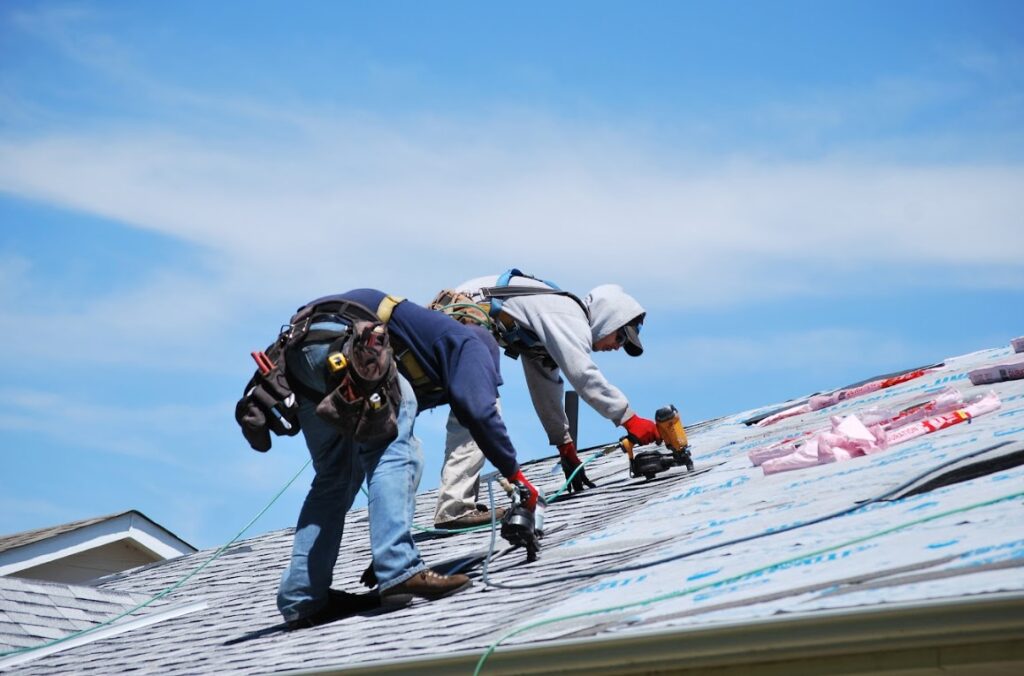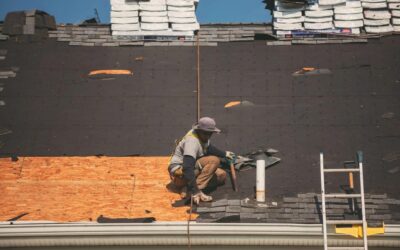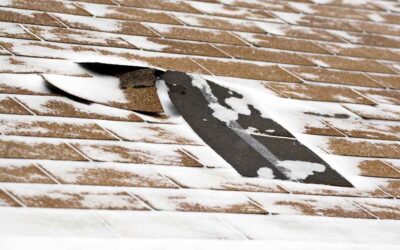Every Twin Cities homeowner eventually faces the tough decision of whether to repair their roof or replace it entirely. Sometimes a few shingles can be patched, but other times, the damage runs deeper. Understanding the difference between roof replacement vs repair can save you time, money, and stress.
Think about it like this: if your roof is the shield protecting your home, cracks in that shield will only widen with age and weather. That’s why knowing when to replace roof systems, not just patch them, is crucial.
In this guide, you’ll learn:
- The clear warning signs that point toward replacement instead of repair
- Key factors to weigh before making your decision
- How a new roof protects your home, improves efficiency, and adds value
At Keystone Roofing and Restoration, we’ve helped Twin Cities homeowners make this decision with confidence for over 20 years.
Breaking Down Roof Replacement vs Repair for Twin Cities Homes
It’s tempting to think a small patch will do the job. But the truth is, many roofing problems are signs of deeper wear. Roof replacement vs repair often comes down to the scope of damage, your roof’s age, and long-term costs.
Repairs are best for isolated issues: a missing shingle, minor flashing damage, or a small leak after a storm. These fixes extend your roof’s life if the overall structure is sound.
Replacement becomes necessary when the roof can no longer protect your home. Curled shingles, sagging decking, or constant leaks are all red flags. In Minnesota’s harsh climate, with freeze–thaw cycles, hail, and humidity, damage accelerates faster than in milder regions. Knowing when to replace roof systems avoids throwing money at short-term patches that won’t hold up.
Important Factors to Consider Before Deciding on Roof Replacement vs Repair
Before choosing a path forward, weigh these homeowner-focused questions.
Age of Your Roof
Is your roof 15–30 years old?
Asphalt shingles typically last within this range, and aging roofs are more likely to need full replacement.
Extent of Damage
How much damage is there?
Isolated damage is repairable. But widespread curling shingles, missing granules, or sagging sections signal that repairs won’t last.
Energy Efficiency
Has your energy bill spiked?
An old roof may leak air, forcing HVAC systems to overwork. Replacement improves insulation and ventilation.
Insurance & Warranty
Does your insurance cover storm damage?
Many policies support replacement if damage is severe. Always document signs when considering when to replace your roof.
Future Plans
Are you selling soon?
A new roof boosts curb appeal and resale value. Staying long-term? Replacement ensures fewer headaches down the road.
Top Warning Signs That It’s Time for a Replacement
When comparing roof replacement vs repair, certain red flags tip the scale toward replacement.
1. Shingles That Are Cracked, Curled, or Missing
Patching here and there won’t protect your roof if the issue is widespread.
2. Granule Loss in Gutters
Bald shingles lose UV protection, age faster, and signal that the roof is wearing out.
3. Leaks and Water Stains Indoors
Musty smells, peeling paint, or attic stains suggest water intrusion that won’t stop without bigger action.
4. Sagging or Drooping Rooflines
This indicates structural damage and is one of the clearest signs of when to replace roof decking.
5. Daylight Visible in the Attic
If light beams shine through the roof boards, water won’t be far behind.
6. Frequent Repairs
If you’ve patched leaks multiple times in the last few years, replacement is more cost-effective.

Why Choosing Replacement at the Right Time Saves Money
Repairs Add Up Quickly
Multiple patch jobs over time can cost as much as a new roof without delivering lasting protection.
Efficiency Matters
An aging roof leaks air. Replacement with modern shingles and underlayment improves insulation and lowers utility bills.
Warranties and Peace of Mind
New roofs often come with 30–50 year warranties. Repairs rarely carry long-term guarantees.
Safety First
A compromised roof risks mold, rot, and even collapse. Replacement restores safety and security.
By understanding the true cost of roof replacement vs repair, you protect your investment and your peace of mind.
Spot the Signs Before It’s Too Late
Not sure which route you need? Watch for these signs in your own home:
- Curling or cracked shingles across large areas
- Granules piling in gutters
- Multiple leaks or water stains indoors
- Roof older than 20 years
- Uneven or sagging roofline
These are all strong indicators of when to replace roof systems rather than repair.
Roof Replacement vs Repair FAQs
What Is the Difference Between Roof Replacement vs Repair?
Roof replacement vs repair comes down to scope: repairs fix small, localized issues, while replacement addresses widespread or structural damage.
When Should I Replace My Roof Instead of Repairing It?
You should consider replacement when your roof is over 20 years old, sagging, leaking repeatedly, or losing granules across many shingles.
Does Insurance Cover Roof Replacement vs Repair?
Insurance may cover replacement if the damage is storm-related. Always document damage and check policy details.
How Often Should a Roof Be Replaced in Minnesota?
Asphalt shingle roofs typically last 15–30 years in Minnesota’s climate, though harsh weather can shorten this lifespan.
What Are the Signs I Need a Roof Replacement and Not Just a Repair?
Signs include curling shingles, water leaks, daylight in the attic, sagging rooflines, and frequent patch jobs.
Protect Your Home With Confidence
At some point, every homeowner must decide between roof replacement vs repair. While small problems can be patched, widespread damage and aging roofs demand a full replacement to protect your investment.
At Keystone Roofing and Restoration, our BBB A+ rating, Owens Corning and GAF certifications, and 20+ years of local experience make us the trusted choice for Minnesota homeowners.
Schedule your free roof estimate today and gain peace of mind knowing when to repair, when to replace, and how to keep your home safe for decades to come.



